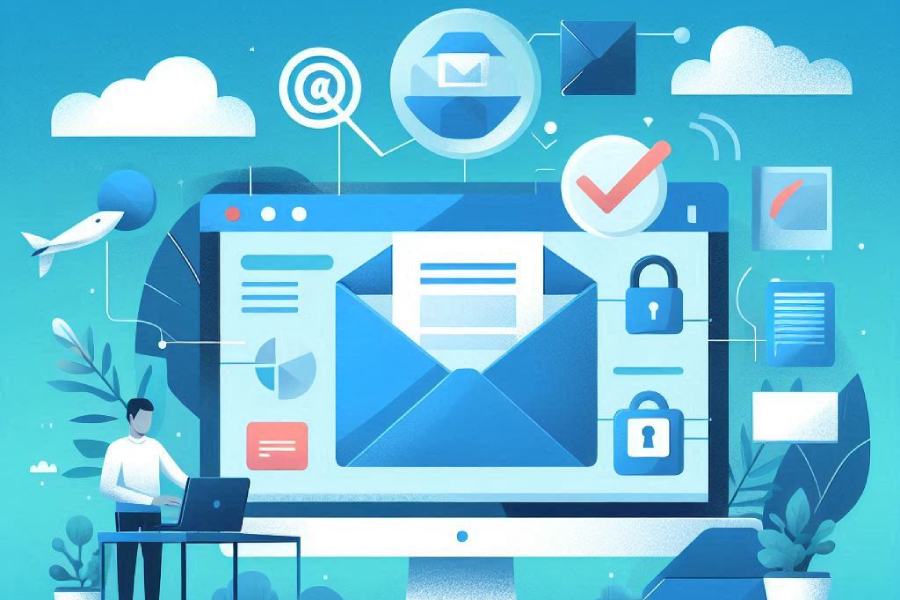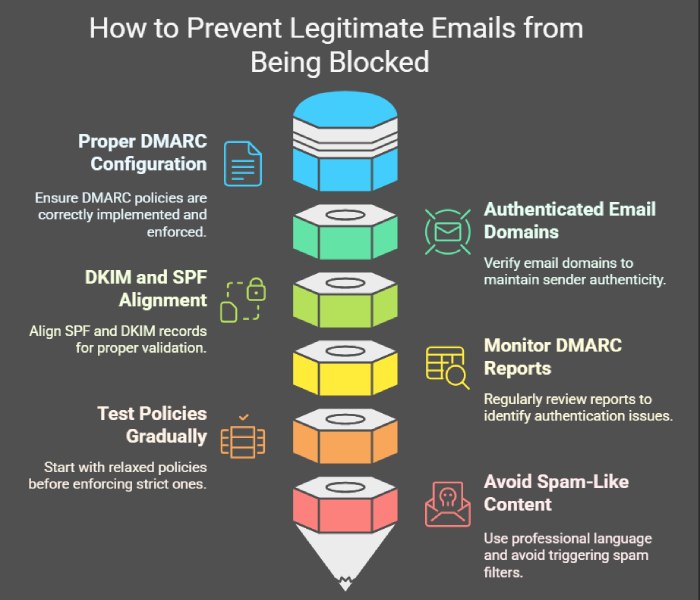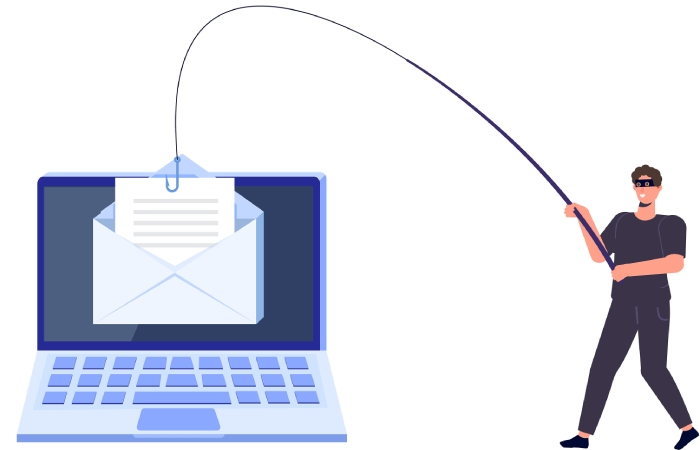Is your DMARC enforcement strict enough?
Back in 2024, email service providers such as Google and Yahoo rolled out new email-sending policies. One would have thought that organizations would begin to take email security more seriously, but so far, that hasn’t been the case. In fact, cybersecurity experts have found that phishing attacks have shot up, with the number of phishing messages increasing by 202% in the second half of 2024.
These figures clearly indicate that 2024 did not prove to be as good a year for email security as it claimed to have been. But what went wrong? Despite DMARC implementation becoming a norm for organizations sending bulk emails, we can see a sharp rise in phishing attacks. This means many organizations implemented DMARC in 2024 just for compliance rather than security.
Clearly, just having DMARC in place is not enough. Most of them simply did that: set it up at ‘p=none,’ which does little to help prevent email-based attacks. There’s more to DMARC than this, and without proper enforcement, it’s nothing more than a checkbox exercise.
In this article, we will understand why you need to tighten your DMARC in 2025 and how you can do it.
Why are many organizations still lagging behind?
The numbers we highlighted earlier tell us a lot about the current email security landscape.
The phishing attacks aren’t just rising; they are growing rapidly. But if DMARC really exists as a solution, why are organizations veering away from enforcing it the right way?
As we said, back in 2024, there was a sudden surge in DMARC adoption across different industries, after all, every organization wanted to meet ESP’s compliance standards and continue sending emails to their clients without a hitch.
Here’s why still some organizations are holding back from proper DMARC enforcement:
What if legitimate emails get blocked?
This is a legitimate fear that most organizations have. Many of them worry that enforcing stricter DMARC policies like ‘quarantine’ or ‘reject’ might block out their authentic, legitimate emails, and they might never see the light of day. Yes, ‘p=quarantine’ and ‘p=reject’ push certain emails into the spam folders or block them completely, but they are the ones that aren’t properly authenticated. If your legitimate emails are not reaching their destination, chances are that email authentication settings are not properly configured.
What if managing DMARC is too complex?
Yes, setting up DMARC is not easy, but that’s no reason for you to leave your DMARC policy at ‘none.’ Most organizations do not bother tightening their DMARC policy, thinking that it is an unnecessary hassle. With DMARC in monitoring mode (p=none), you can get insights into what’s going on in your ecosystem, but you will never be able to protect your domain and outgoing emails from hackers and their malicious intent.
Even though DMARC enforcement is complex, you must take gradual steps to implement it properly. Trust us, it will be absolutely worth the effort!
Aren’t SPF and DKIM enough without DMARC?
Although SPF and DKIM are essential aspects of email authentication, they are not enough to prevent domain spoofing and phishing. When these two authentication protocols work in tandem with DMARC, they create a comprehensive defense mechanism that not only verifies email authenticity but also enforces actions against fraudulent messages.
Why would scammers even target us?
One of the biggest misconceptions that organizations have is thinking they are too small, unknown, or unimportant to be a target. Or even worse, some of them don’t even realize that they are being spoofed. The reality is that cybercriminals do not just go after big corporations; they target any domain with weak security.
With DMARC reporting, you don’t have to make guesswork—you get real-time visibility into who is sending emails on your behalf. But without enforcement, scammers can impersonate your brand, send phishing emails to your customers, and exploit your domain for fraud—all without you knowing.
What to do next?
One thing’s certain: weak DMARC policies are no longer an option in 2025. With email-based attacks skyrocketing and cyber attackers getting smarter than ever, your organization must move beyond ‘p=none’ and enforce ‘p=quarantine’ or ‘p=reject.’ But there’s a catch to it. You cannot simply jump from a lenient to a strict policy, thinking that your domain will be fully protected overnight. That’s not how DMARC enforcement works.
It should be done slowly and strategically to prevent legitimate emails from being mistakenly blocked while still blocking unauthorized senders from misusing your domain. For this, you can start out by monitoring your email traffic while your DMARC policy is still set to ‘p=none.’ Once you have a clear understanding of which emails are failing authentication and why, you can move to ‘p=quarantine.’
At this stage, suspicious emails will be pushed into recipients’ spam folders instead of being outright rejected. The reason you need to enforce ‘p=quarantine’ is that it acts as a buffer stage—allowing you to filter out potentially harmful emails without immediately blocking legitimate ones. Here, you can fine-tune your existing email authentication policies to ensure all trusted senders are properly authenticated.
Once you are confident that all your outgoing emails are properly authenticated, you can further tighten your DMARC policy to ‘p=reject.’ This policy will filter out all unauthorized emails completely from reaching the inboxes. That means only authenticated and approved emails from genuine sources will be delivered, preventing attackers from masquerading as your brand to send phishing attacks.
The longer you wait, the riskier it gets
As we said earlier, simply implementing DMARC isn’t an option anymore; you need a structured and proactive approach if you really want to protect your domain and business.
Whether you are struggling to keep up with updating and managing your DMARC policies or are unsure about where to start, delaying action only increases your exposure to phishing attacks and email fraud. Our team at DuoCircle is here to help you through a step-by-step enforcement strategy, protect your brand’s reputation, and ensure that your domain is secured against any unauthorized use. Contact us today to get started with DMARC enforcement!


